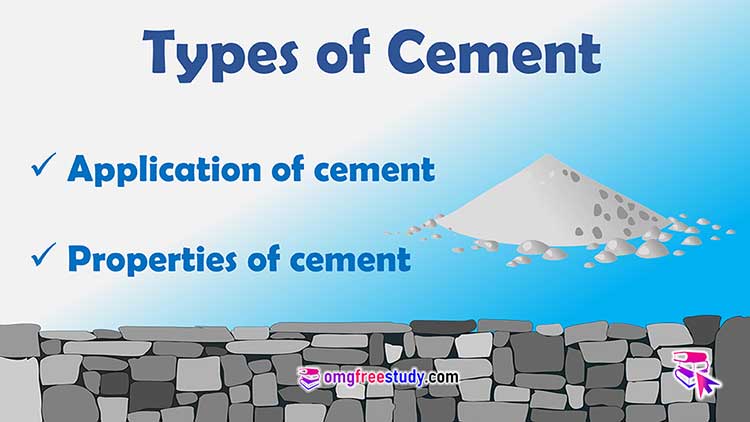Number of times it may be required to perform cement quality at field within a very short time. At that time field tests of cement are performed by civil engineers.

Question. state any four field tests of cement.
How will you test the suitability of cement in field or on site?
Before the laboratory testing, field tests are performed on cement when it is received on the site for immediate determined of unsuitability of cement.
The commonly performed field tests are as following –
- Hand insertion
- Rubbing
- Colour
- Date of packing
- Shape test
- Presence of lumps
- Smell test
- Float test
Table of Contents
ToggleField Tests of Cement:
1. Hand insertion:
Thrust your hand into the cement bag, it should be feel cool. That’s mean it indicates hydration reaction not taking place in cement bag.
2. Rubbing:
Rub the cement between finger tips by taking a Pinch of the cement. It should not feel gritty but it should be feel smooth to finger.
3. Colour:
When touched the cement it should not feel oily and cement colour should be greenish Grey uniformly.
4. Date of packing:
Date of manufacturing is important because the strength of cement reduces with age. So, date of manufacturing should be seen on the bag.
5. Shape test:
Take 100 gm of cement and make a stiff paste by adding very little water. Pat the cake from this paste onto a glass plate. The cake should have sharp edges. Immerse the glass plate with the cake at the bottom of a water vessel. Check after 24 hours, the cake lose its shape or not and should attain some strength.
6. Presence of lumps:
Open the bag and observe the cement. There should not be any visible lumps. If in cement any lump found it should be powdered by pressing between Thumb and fore finger. And if it does not turn into powder then the cement is considered have been spoiled by air setting.
7. Smell test:
Take a pinch of cement and smell it. If the cement smell is earthy that is cement contains too much of pounded clay and silt as an adulterant.
8. Float test:
Throw a handful of cement On the Water surface in a bucket. Good quality cement float and if it sinks that means it contains some impurities.



